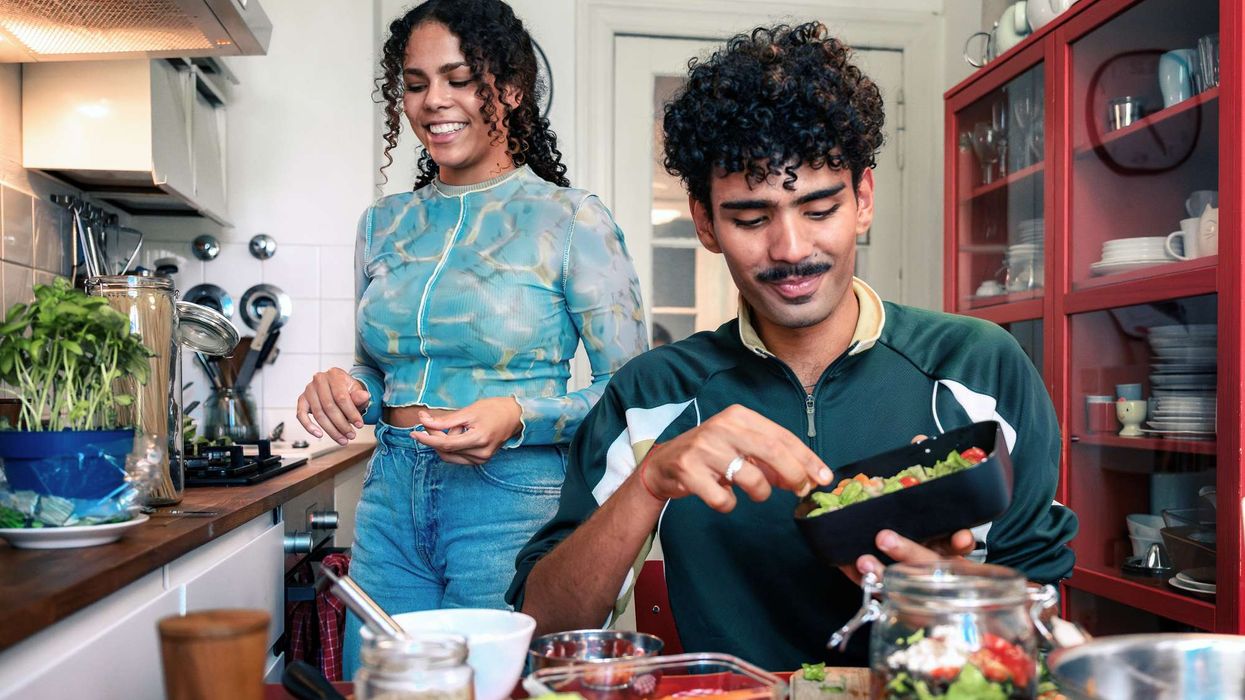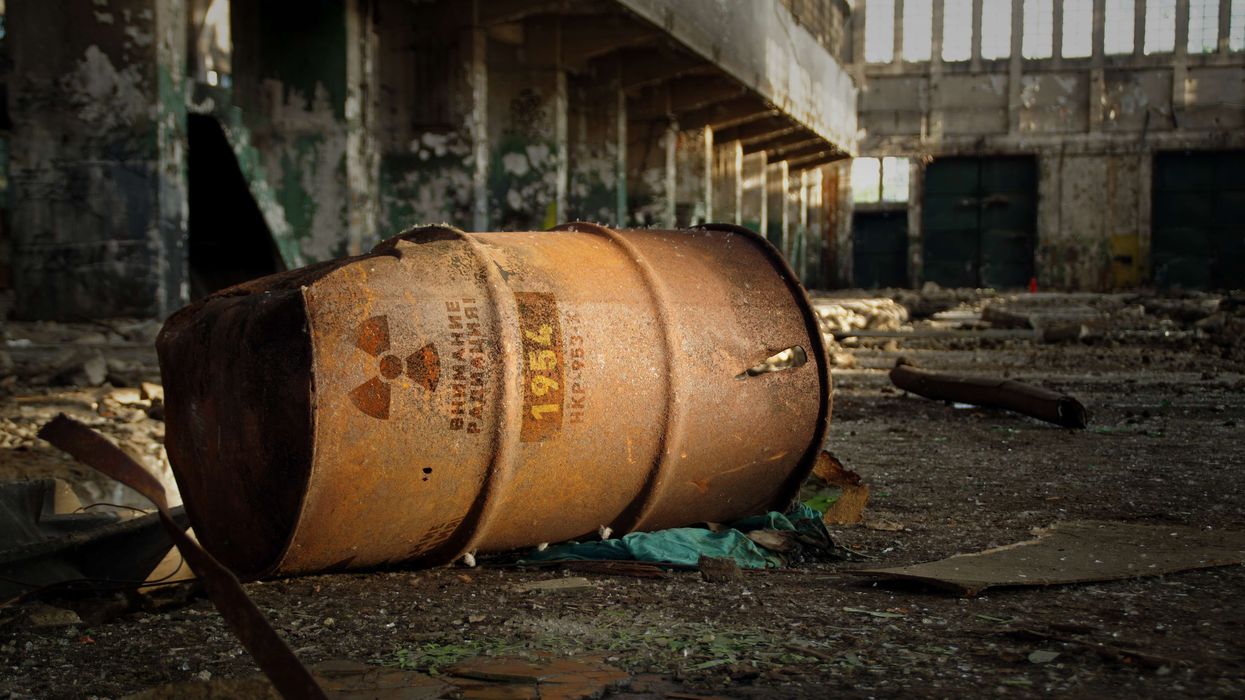India is among 10 countries that combined account for 60 per cent of global maternal deaths, stillbirths, and newborn deaths, a United Nations report released on Tuesday (9) said.
Sub-Saharan Africa and Central and Southern Asia are regions where the largest number of deaths are recorded, the survey said.
Global progress in reducing the deaths of pregnant women, mothers, and babies has flatlined for eight years due to decreasing investments in maternal and newborn health, according to the Every Newborn Action Plan (ENAP) and Ending Preventable Maternal Mortality (EPMM) progress tracking report.
“Pregnant women and newborns continue to die at unacceptably high rates worldwide, and the coronavirus pandemic has created further setbacks to providing them with the health care they need," said Dr Anshu Banerjee, director of maternal, newborn, child and adolescent health and ageing at the World Health Organisation (WHO).
"If we wish to see different results, we must do things differently. More and smarter investments in primary health care are needed so that every woman and baby - no matter where they live - has the best chance of health and survival," Banerjee added.
The report by the WHO, Unicef and the UNFPA was launched at the 'International Maternal Newborn Health Conference' (IMNHC 2023) in Cape Town, South Africa.
In 2020-2021, there were a combined 4.5 million deaths - maternal deaths (290,000), stillbirths (1.9 million) and newborn deaths (2.3 million).
In India there were 7,88,000 maternal deaths, stillbirths, and neonatal deaths in 2020, of 4.5 million deaths worldwide.
The country also accounted for 17 per cent of global live births - which could be why the number of maternal deaths, stillbirths and neonatal deaths is so large.
Following India were Nigeria, Pakistan, the Democratic Republic of the Congo, Ethiopia, Bangladesh and China.
Funding shortfalls and underinvestment in primary health care can devastate survival prospects, the report said.
In the worst-affected countries in Sub-Saharan Africa and central and southern Asia – the regions with the greatest burden of newborn and maternal deaths - fewer than 60 per cent of women receive even four, of WHO's recommended eight, antenatal checks, the report stated.
Dr Willibald Zeck, chief sexual and reproductive health and rights at UNFPA, said, “This is a silent emergency we have and we need to change the future.
“This report is telling us that we need to improve massively if we want to avert maternal deaths, newborn deaths, and stillbirths, and not to forget morbidity in mothers and also new-borns.
“We need to focus on quality of care and data as well. More data, better data and data from different levels so that we can gather more information."
To increase survival rates, women and babies must have quality and affordable healthcare before, during and after childbirth, the agencies said, as well as access to family planning services.
More skilled and motivated health workers, especially midwives, are needed alongside essential medicines and supplies, safe water, and reliable electricity.
The report also stressed that interventions should especially target the poorest women and those in vulnerable situations who are most likely to miss out on lifesaving care, including through critical subnational planning and investments.
(PTI)






 Mareyah Bhatti , a sustainability strategist and passionate home cookMareyah Bhatti
Mareyah Bhatti , a sustainability strategist and passionate home cookMareyah Bhatti






